It's never too early to encourage a love of science in children, so if you fancy starting an Early Years or preschool science club or just trying some science at home, I've got lots of easy ideas to get you started!
10 Ideas for an Early Years Science Club
These activities are all easy to set up and complete with a little guidance and I've tried to choose investigations that only require inexpensive materials or things you probably already have.
1. Make a Superhero Float
Find the best materials to make a small superhero figure float. For this activity, you need only a selection of different materials to test and a water container. The idea is for children to design and create a float or lifejacket type item to make a small figure float on water.
As an extension task, children could investigate how to make the smallest possible item that still allows the toy figure to float.
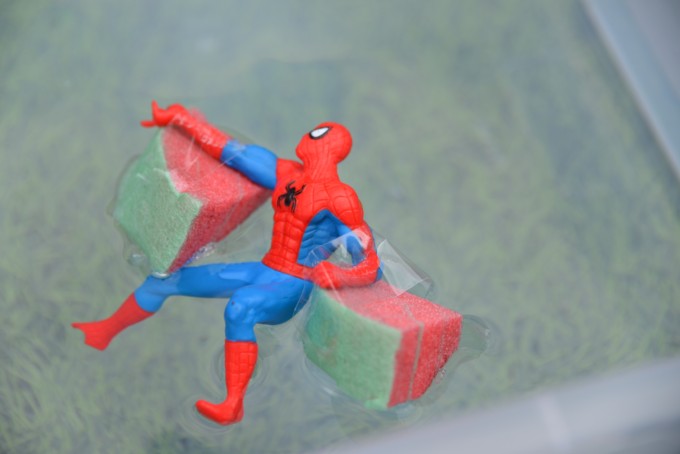
2. Sorting Ariel’s Cave
This simple sorting activity themed around The Little Mermaid is great for learning about different types of materials and their properties. The idea of this activity is to sort items Ariel might have in her collection, depending on their properties.
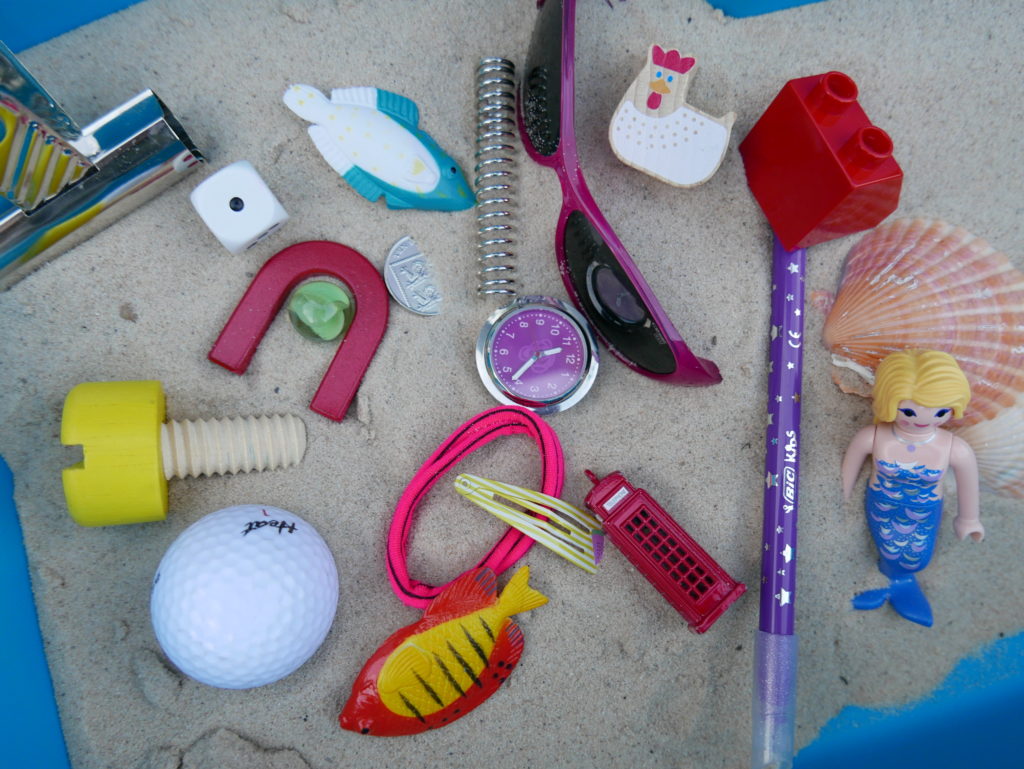
3. Mini Magnet Maze
This easy activity for learning about magnetism needs a magnet, paperclip and paper plate.
Children can design the magnet maze however they want and to fit any theme you might have for the term.
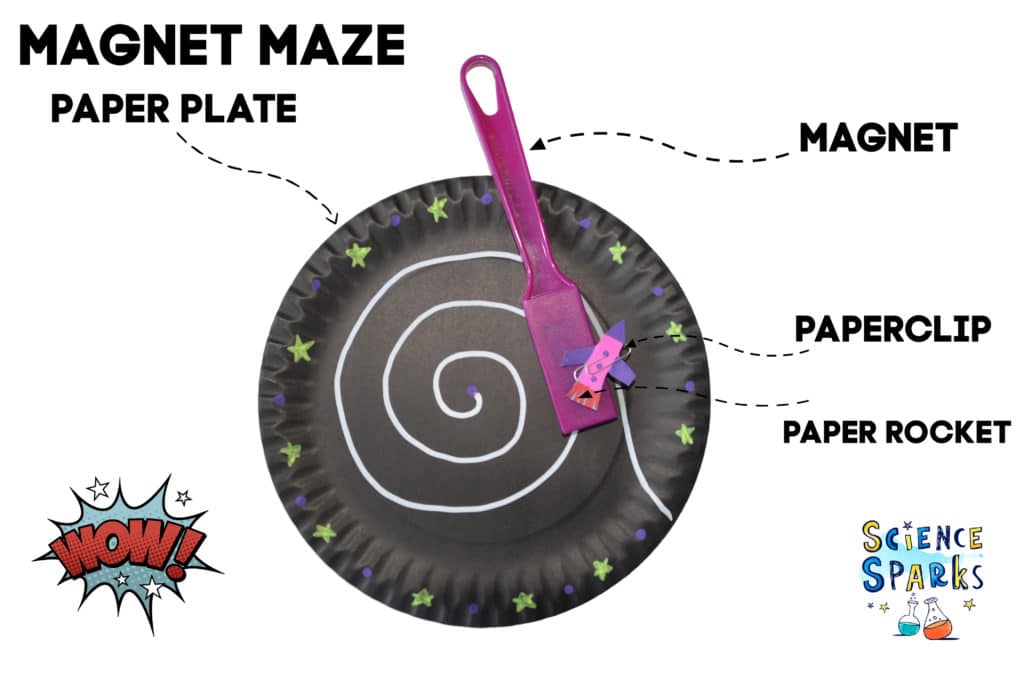
4. Birds, Beaks and Adaptations
This is a brilliant, simple science activity for learning about features or adaptations that give animals a survival advantage. Children use different shaped tweezers to pick up pasta and other small items to demonstrate how some are easier to pick up than others.
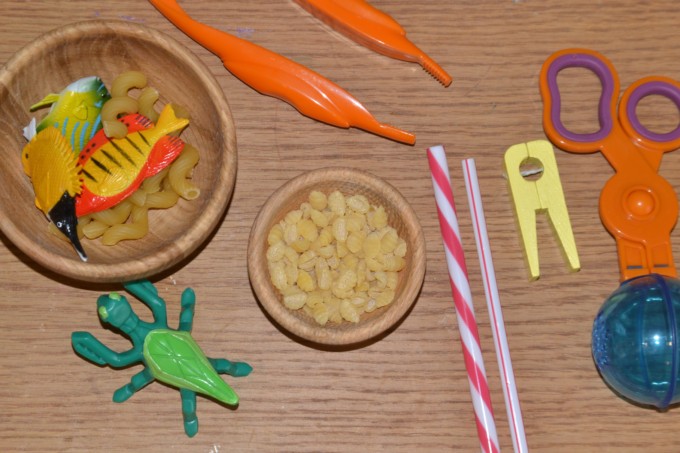
5. A bridge for The Gingerbread Man
Help save The Gingerbread Man from the sly fox by building him a bridge. Children can use basic building materials such as lolly sticks, twigs and pipe cleaners to design, build and test a bridge.
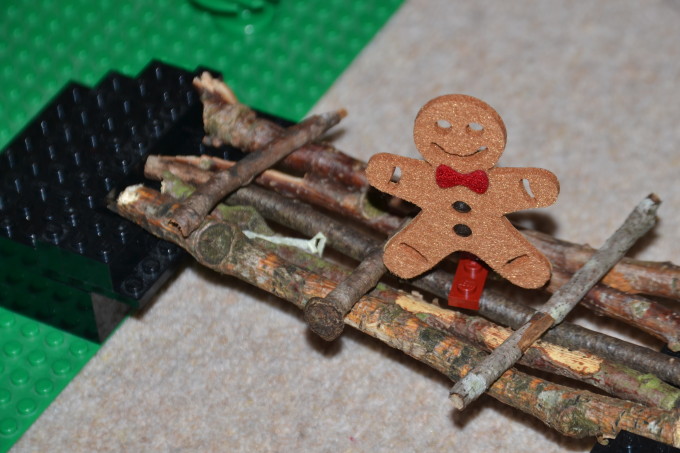
6. Sea Pollution
This activity is a great visual way to demonstrate the effect of pollution on marine life. Children create a container with shells, pebbles, and plastic fish and then add litter to see the effect this has on the fish.
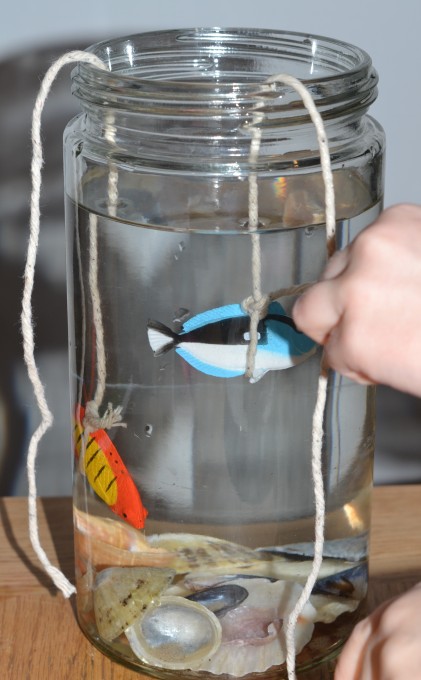
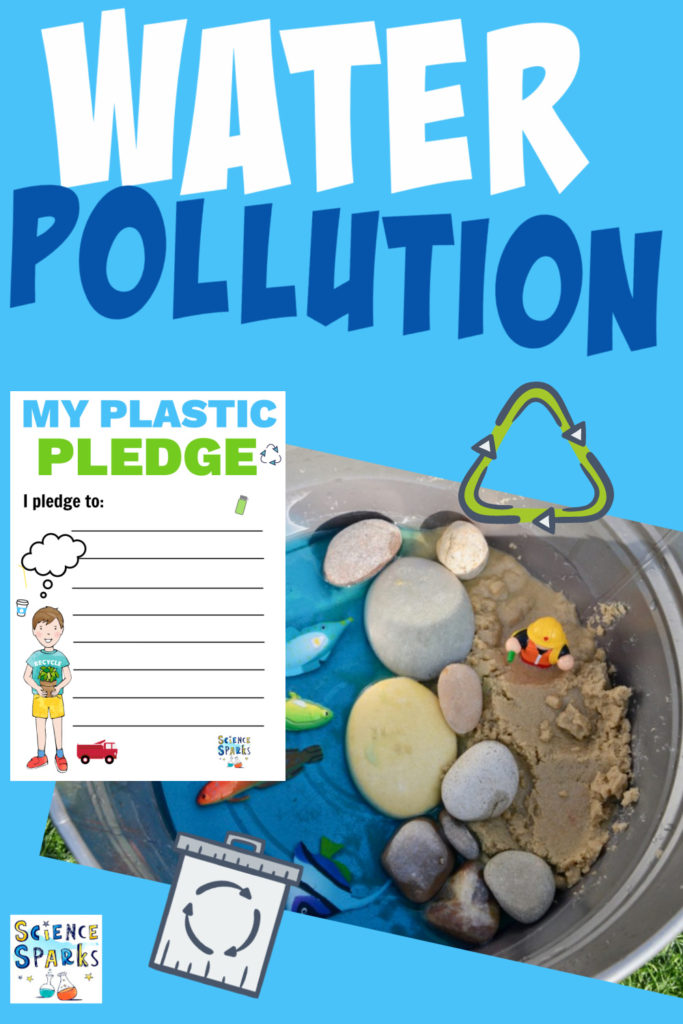
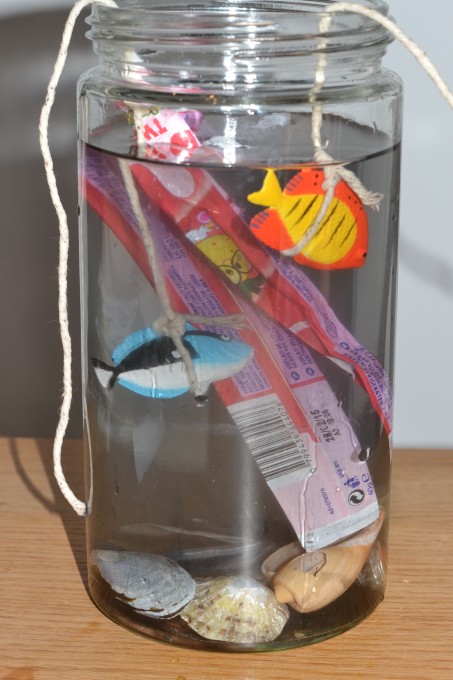
7. How to make oobleck
Oobleck, or cornflour goo, is a wonderful sensory material that feels solid when squashed in the hand but runs like a liquid when the pressure is released. It's great for use with sieves and small plastic figures.
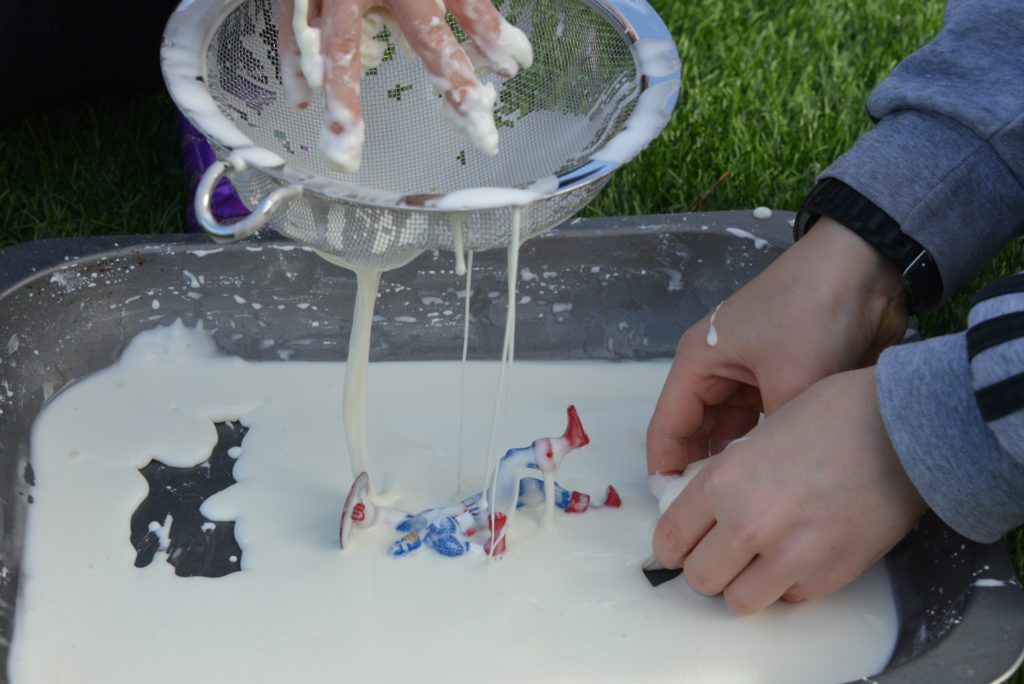
8. Garden Zip Line
This mini teddy zip line is a great outdoor activity. I usually set up three separate lines with different gradients and ask the children to experiment with different types of harnesses to see how they can make the teddies fly the fastest.
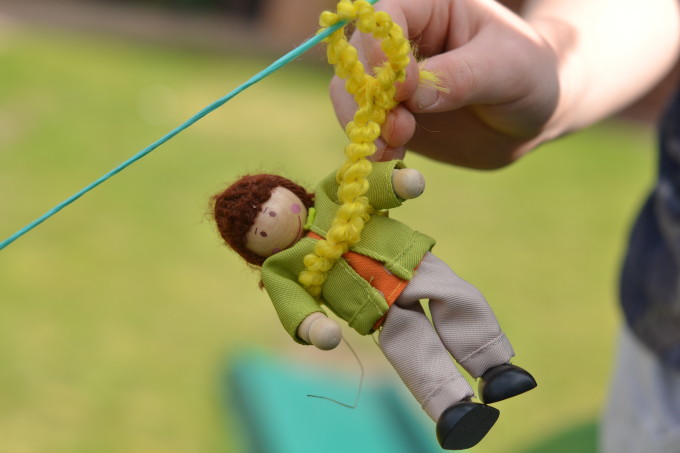
9. Humpty Dumpty Egg Drop Investigation
A Humpty Dumpty egg drop is a great team activity that works extra well for a first or last science club of the term. The egg could be an elf at Christmas or part of a nursery rhyme themed term.
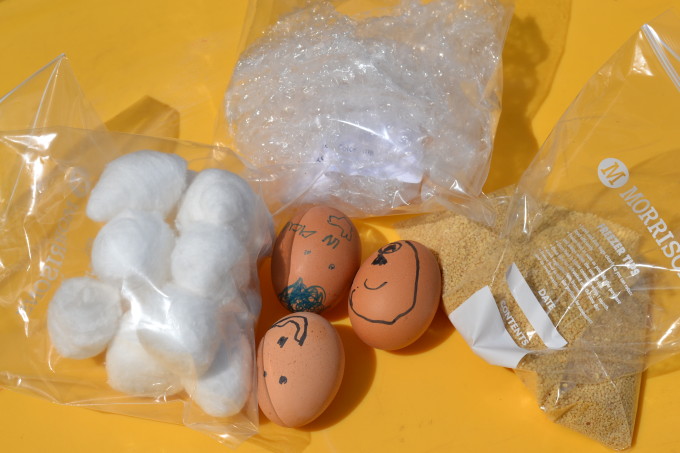
10. How many coins are needed to sink a boat?
Find out how many coins it takes to sink a foil boat. Create different size tinfoil boats and investigate to discover how many coins each can hold. This is also great for counting practice!
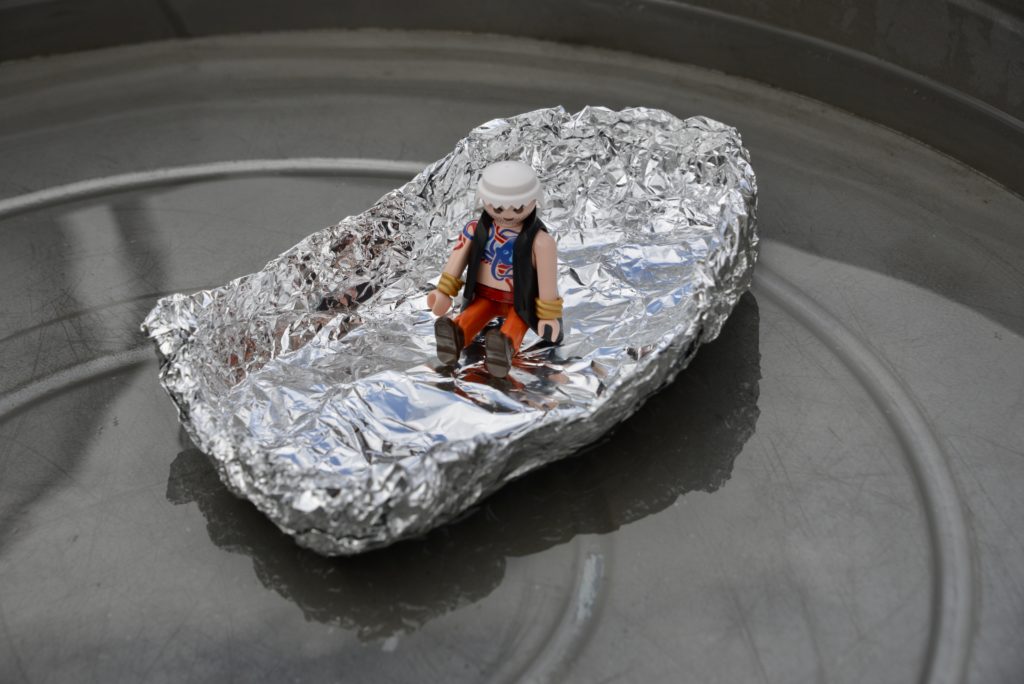
Top tips for an Early Years Science Club
Keep it simple!
Avoid activities that require a lot of adult intervention. For things like catapults, I always make a few in advance, ready for one group of children to use, while I make more catapults with another group.
Be prepared
Make any construction as easy as possible. For example with the catapults, I put the double sided tape on the back of the bottle top beforehand.
Have a back up ready
I try to have a second activity that is almost stand alone in case something goes wrong or some children get bored with the main task. This can be something as basic as threading pipe cleaners through a colander, or making play dough brain models.

More Science Club Ideas for Early Years
Have a pirate themed term or half term using these easy pirate based science investigations. Learn about directions with treasure maps, save pirate coins from getting too wet, create simple codes and more.
Popsicle stick catapults are brilliant fun too, but can be tricky for small people. I usually make a few up in advance and then work with small groups to make extras.
My story themed science activities are also great for an early years science club. Read the story and then try a related activity.
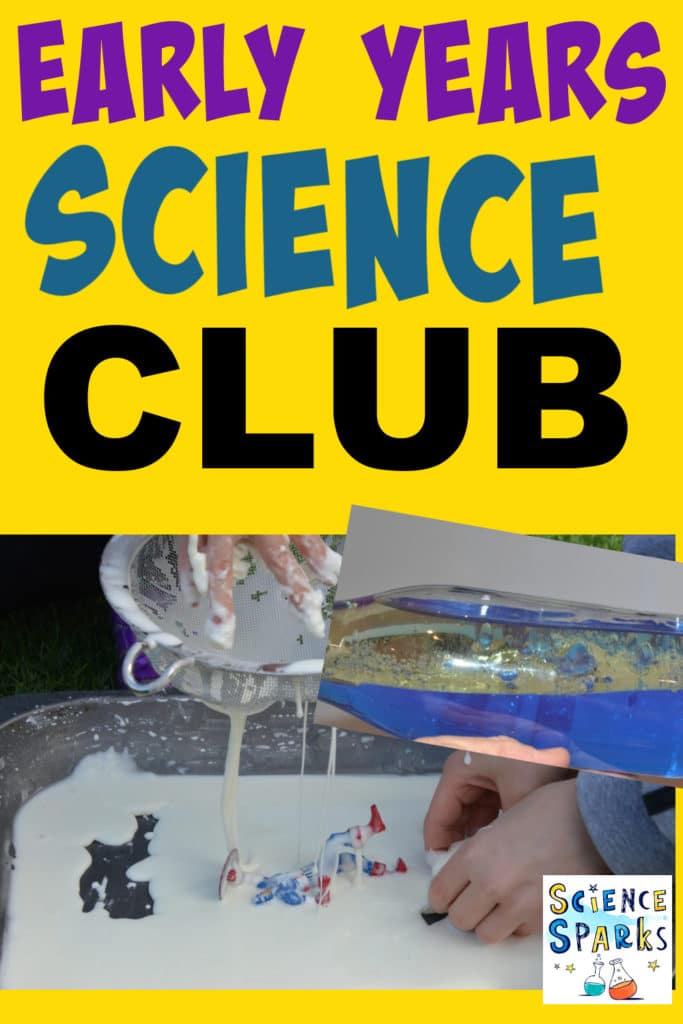
Last Updated on September 19, 2024 by Emma Vanstone
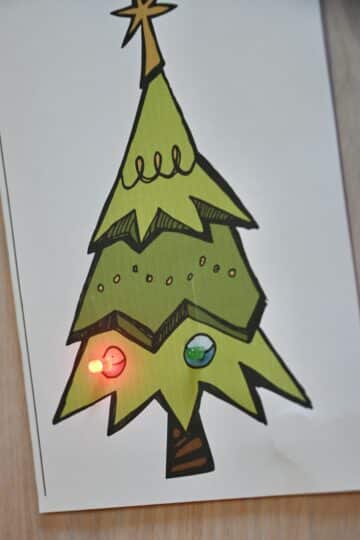
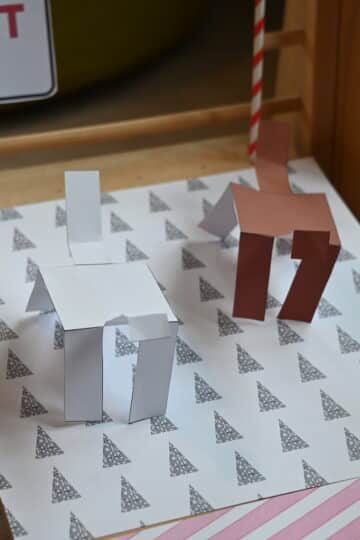


Leave a Reply